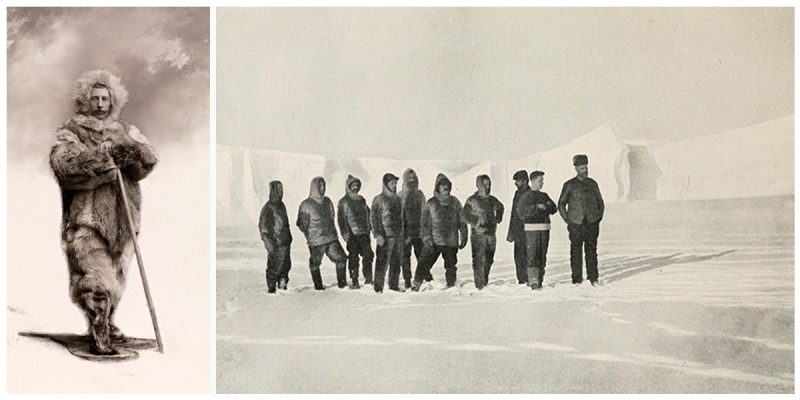“The North Pole is reached!” was the news that flashed all over the world.
The first expedition to reach the geographic South Pole was led by the Norwegian explorer Roald Amundsen. He and four others arrived at the Pole on the 14th December 1911, five weeks ahead of a British party led by Robert Falcon Scott as part of the Terra Nova Expedition. Amundsen and his team returned safely to their base and later learned that Scott and his four companions had died on their return journey.
Amundsen’s plans had focused on the Arctic and the conquest of the North Pole by means of an extended drift in an icebound ship. He obtained the use of Fridtjof Nansen’s polar exploration ship Fram and undertook extensive fundraising. Preparations for this expedition were disrupted when, in 1909, the rival American explorers Frederick Cook and Robert E. Peary each claimed to have reached the North Pole. Amundsen then changed his plan and began to prepare for a conquest of the South Pole; uncertain of the extent to which the public and his backers would support him, he kept this revised objective secret. When he set out in June 1910, he led even his crew to believe they were embarking on an Arctic drift and revealed their true Antarctic destination only when Fram was leaving their last port of call, Madeira.
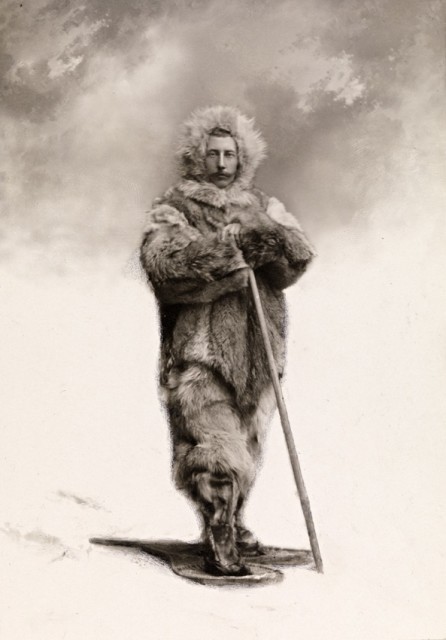
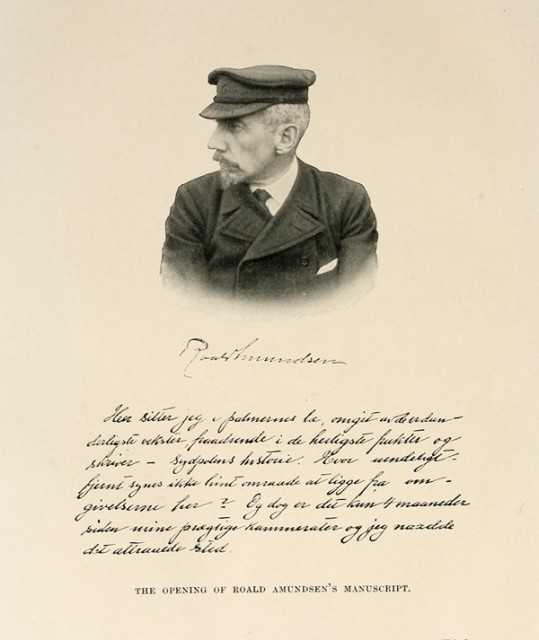


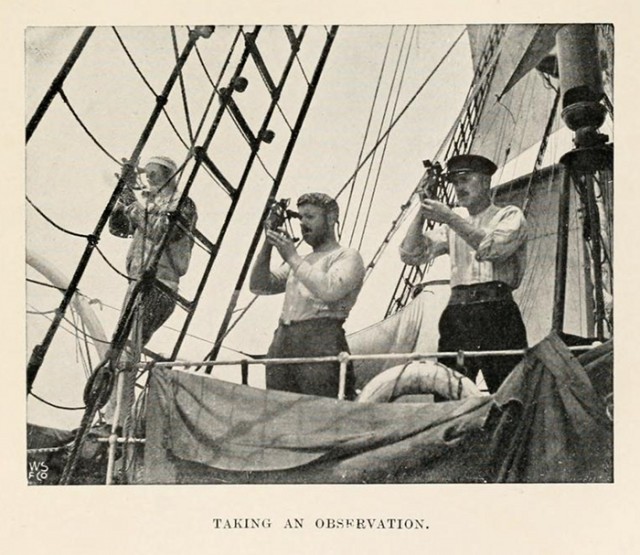
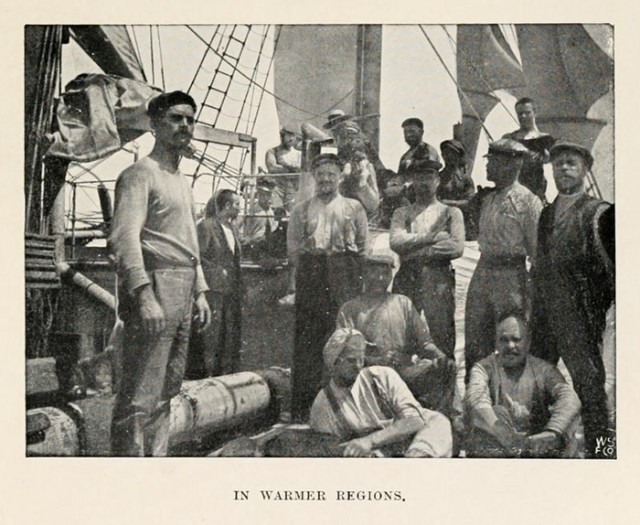

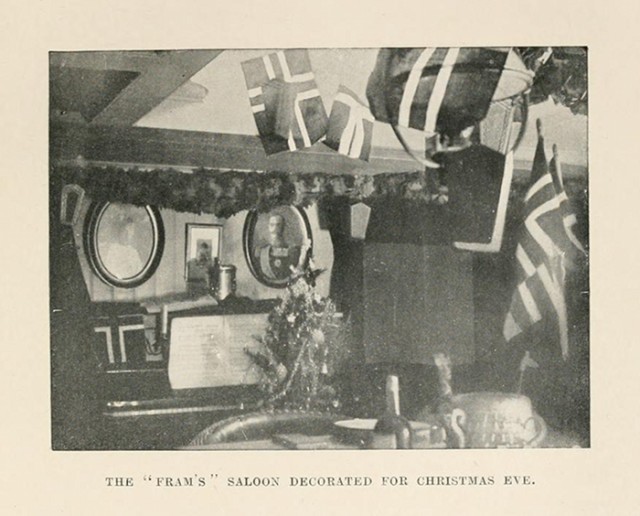
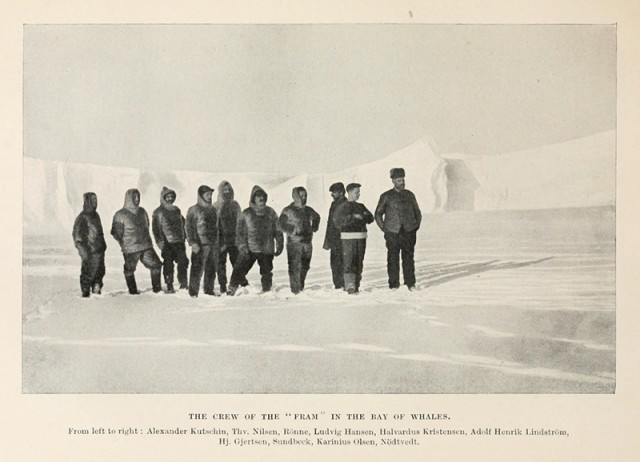
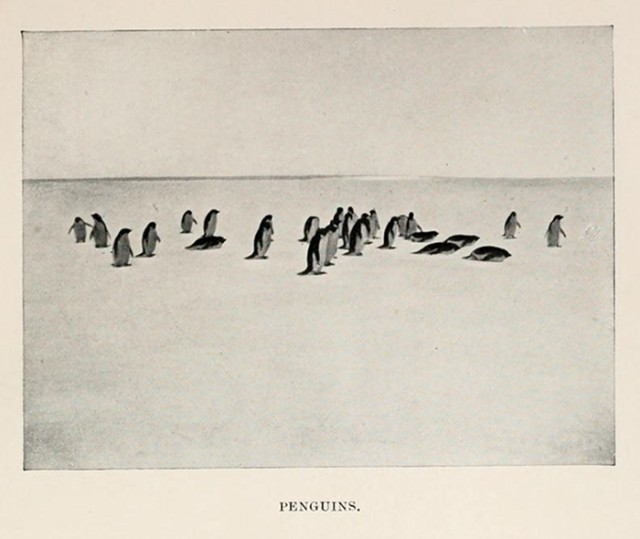
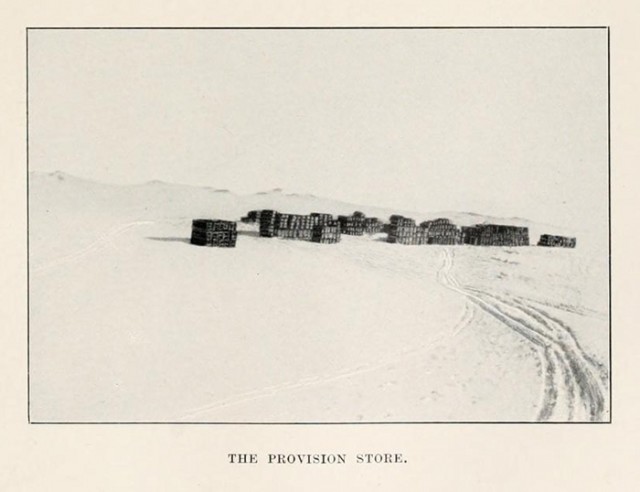
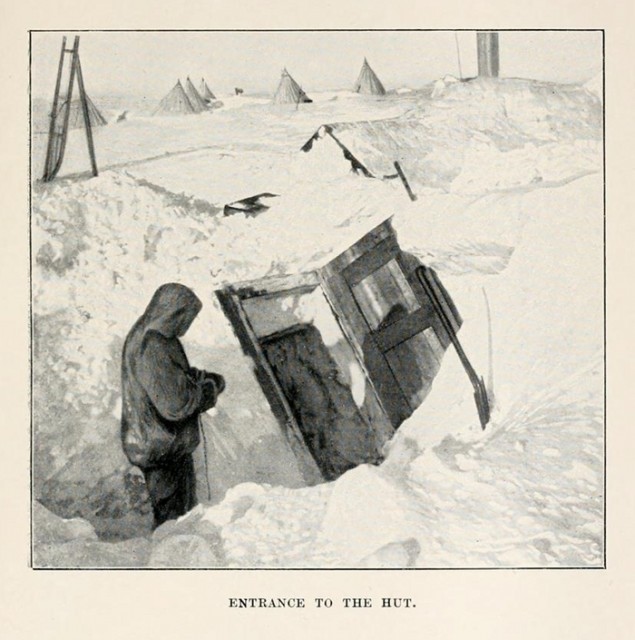
Amundsen made his Antarctic base, “Framheim”, in the Bay of Whales on the Great Ice Barrier. After months of preparation, depot-laying and a false start that ended in near-disaster, he and his party set out for the Pole in October 1911. In the course of their journey, they discovered the Axel Heiberg Glacier, which provided their route to the polar plateau and ultimately to the South Pole. The party’s mastery of the use of skis and their expertise with sledge dogs ensured rapid and relatively trouble-free travel. Other achievements of the expedition included the first exploration of King Edward VII Land and an extensive oceanographic cruise.
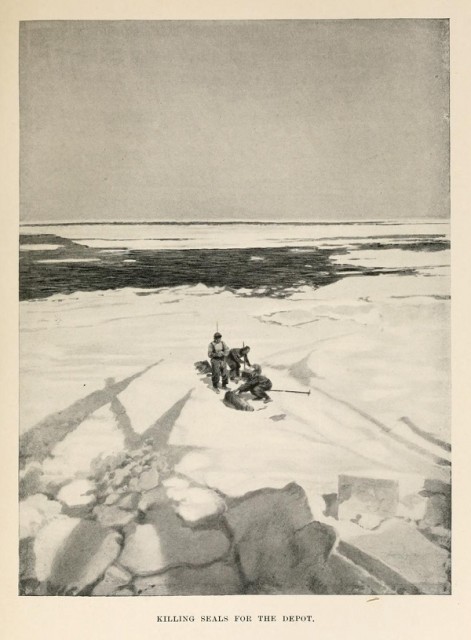
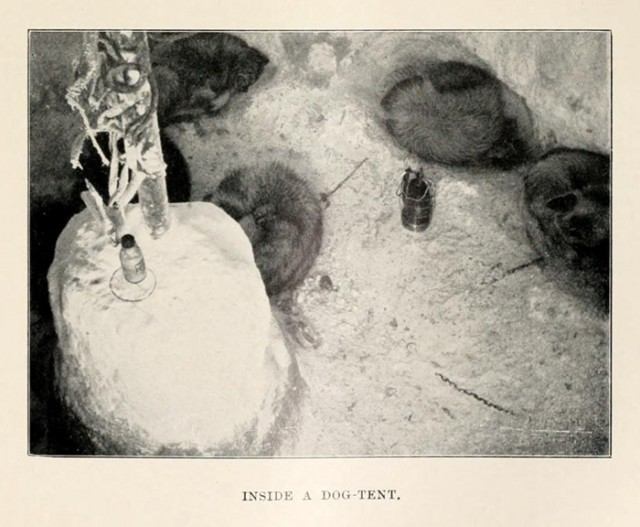
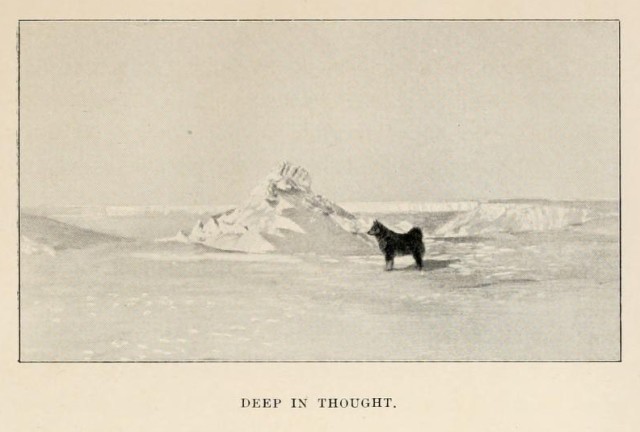
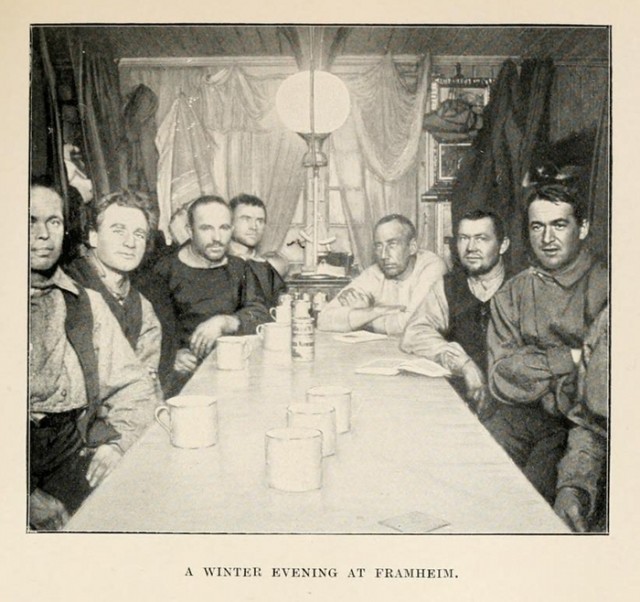

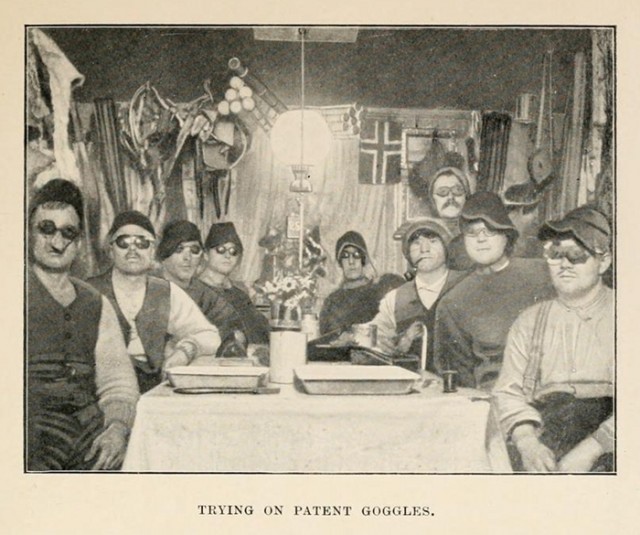
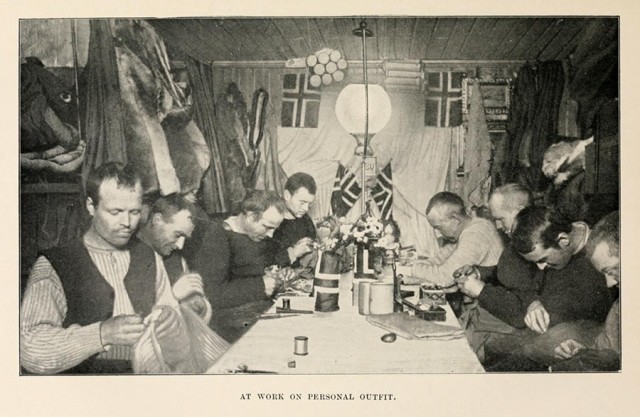

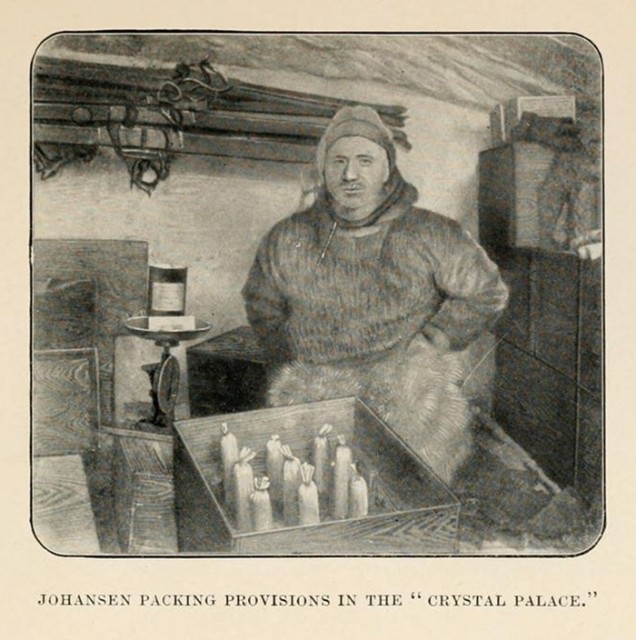
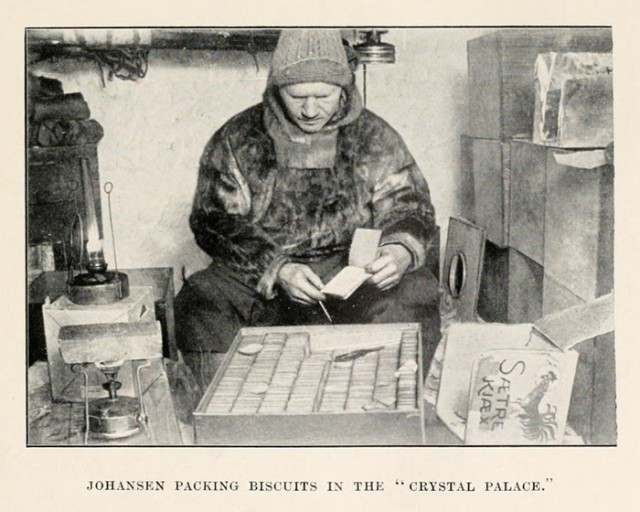
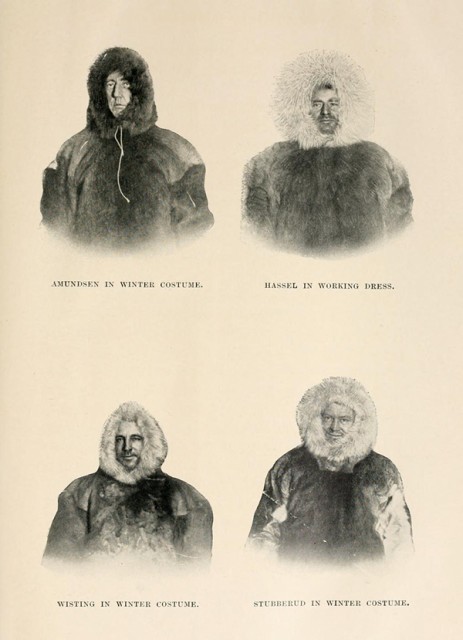
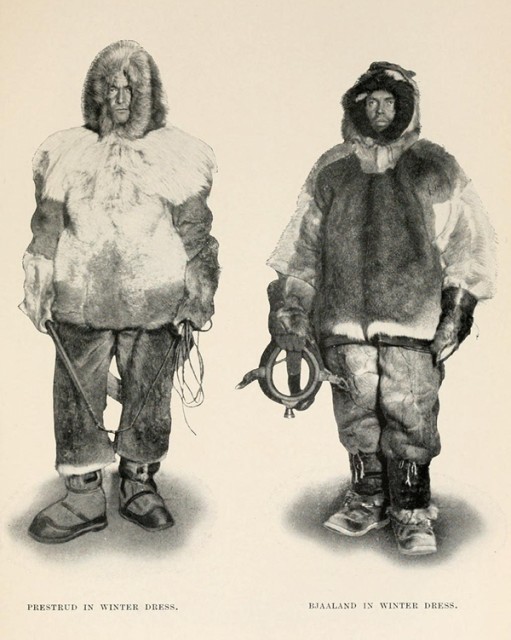
The expedition’s success was widely applauded. The story of Scott’s heroic failure overshadowed its achievement in the United Kingdom, unable to accept that a Norwegian had been the first person to set foot in the South Pole, but not in the rest of the world. Amundsen’s decision to keep his true plans secret until the last moment was criticised by some. Recent polar historians have more fully recognised the skill and courage of Amundsen’s party; the permanent scientific base at the pole bears his name, together with that of Scott.
Photos: University of Toronto Libraries
